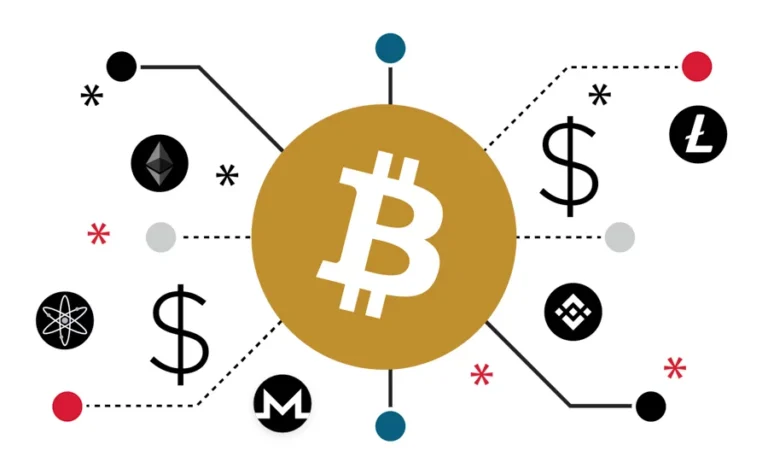Kaspa delivers a breakthrough in the way transactions are confirmed and finalized on a blockchain. It solves traditional delays by using ground-breaking technology that allows fast, secure, and efficient network consensus. This offers practical benefits, especially for applications where quick transaction settlement is critical. Unlike many older blockchains with slow confirmation, Kaspa drastically reduces waiting time while ensuring trustworthiness. These advantages come from innovations that combine speed with strong security through a unique protocol setup.
Kaspa’s blockDAG architecture explained
Kaspa uses Directed Acyclic Graph technology with parallel blocks instead of a single chain. This allows multiple blocks to be processed simultaneously, increasing throughput.
What makes Kaspa finality faster?
Kaspa achieves faster transaction finality by eliminating orphaned blocks and ordering blocks collectively. This reduces delays and speeds up confirmations reliably.

Key technical pillars supporting finality
Kaspa’s approach uses unique features to confirm transactions securely and quickly. Below are important components ensuring efficient processing.
- GhostDAG protocol orders concurrent blocks for consensus accuracy
- High block rate enables rapid data inclusion and network updates
- Pruning reduces storage needs without compromising verification
Finality surpasses traditional blockchains
Kaspa achieves finality in roughly 10 seconds, unlike legacy systems requiring minutes or longer. This speed opens real-world usage beyond digital gold storage. A Kaspa transaction settles fast enough for high-frequency payments, allowing quick verification with confidence. This contrasts with older blockchains, where users must wait several confirmations before trusting transactions.
Traditional blockchains face limitations
Networks using linear blockchains face delays from sequential block creation. Slow block times and orphan removal lead to extended settlement hours. This restricts quick transactions needed in retail or micro-payments.
Scalability impact on finality
Kaspa’s parallel processing supports thousands of transactions per second, maintaining short finality times. Traditional methods slow significantly under high load, causing bottlenecks.
Kaspa Frequently Asked Questions
- Can Kaspa finalize transactions instantly?
Finality occurs in about 10 seconds, near-instant for blockchain standards.
- Does Kaspa guarantee transaction security?
High security is maintained using proof-of-work and GhostDAG ordering.
- Can Kaspa handle large transaction volumes?
Yes, Kaspa processes thousands of transactions per second efficiently.
- Is Kaspa’s finality suitable for payments?
Yes, it supports real-time transactions like retail and online payments.
Future upgrades enhancing finality
Kaspa’s roadmap includes improvements like DAGKnight to adjust confirmation adaptively. Future versions promise even quicker finality times and better scalability. These steps will solidify Kaspa’s position as a leading fast blockchain.
High speed secured
Transaction Finality on Kaspa Network Compared to Traditional Blockchains clearly shows why Kaspa is superior for real-time needs. Its architecture solves long-standing speed and security conflicts effectively. Rapid block production and consensus lead to near-instant settlement, making Kaspa ideal beyond simple digital ledgers. Many traditional blockchains struggle with scale and delays, restricting use to slower asset transfers. Kaspa breaks this pattern through innovative technology. Users, businesses, and developers gain an environment that balances decentralization with performance. With advancements ongoing, Kaspa will continue its lead, offering fast, reliable, and secure transaction finality for widespread blockchain adoption.















